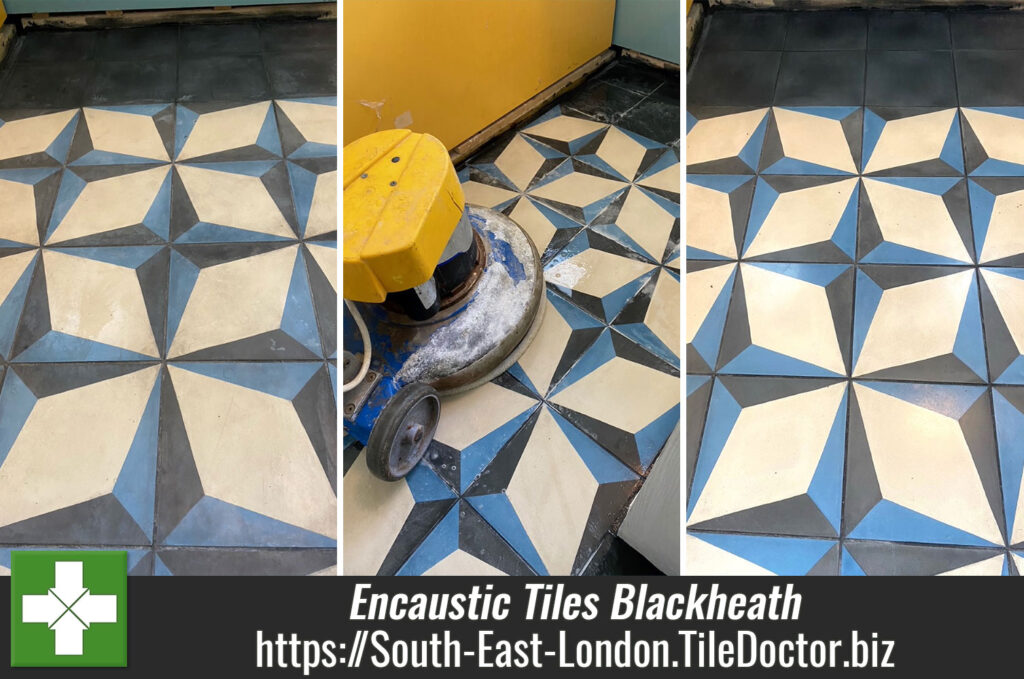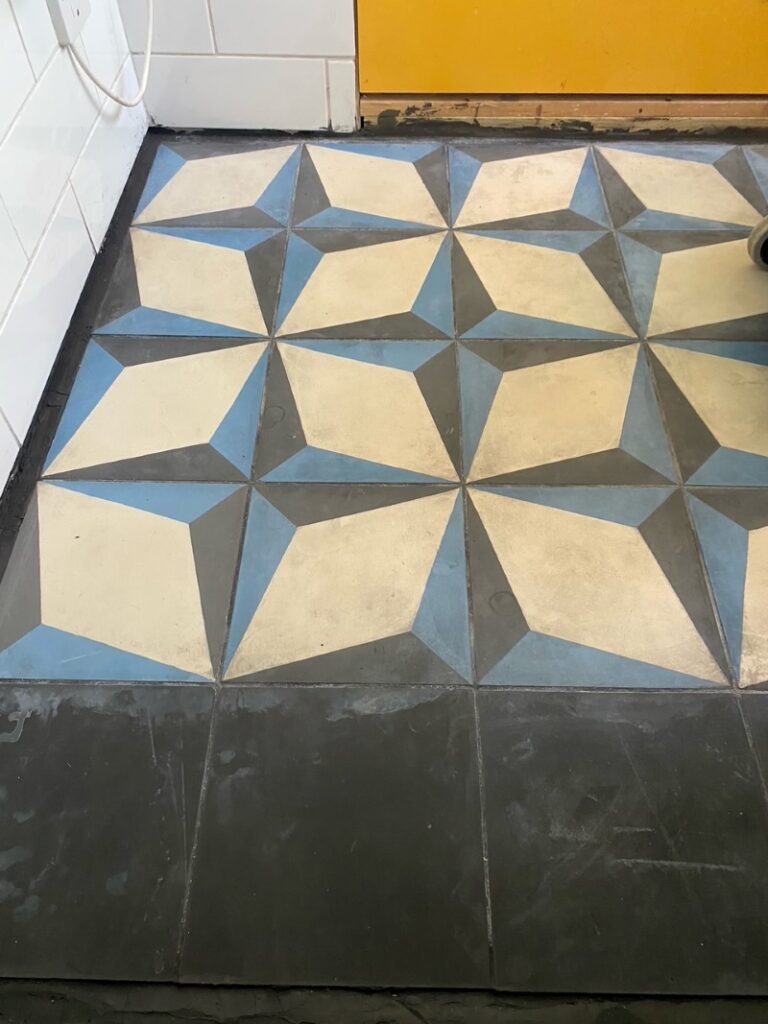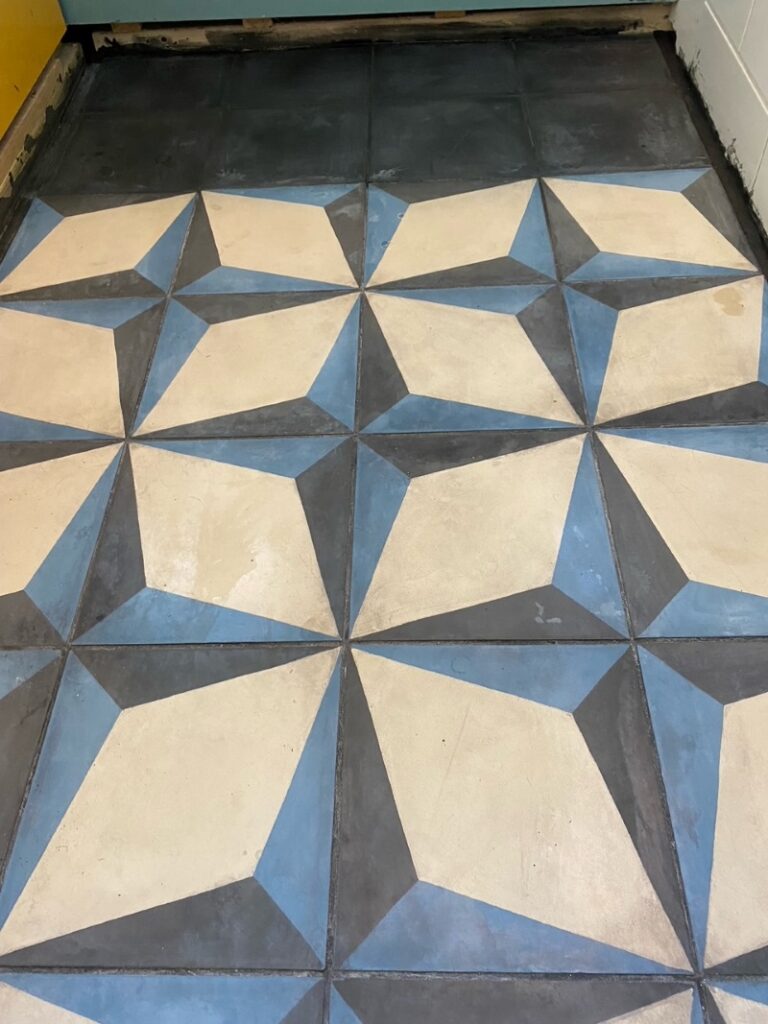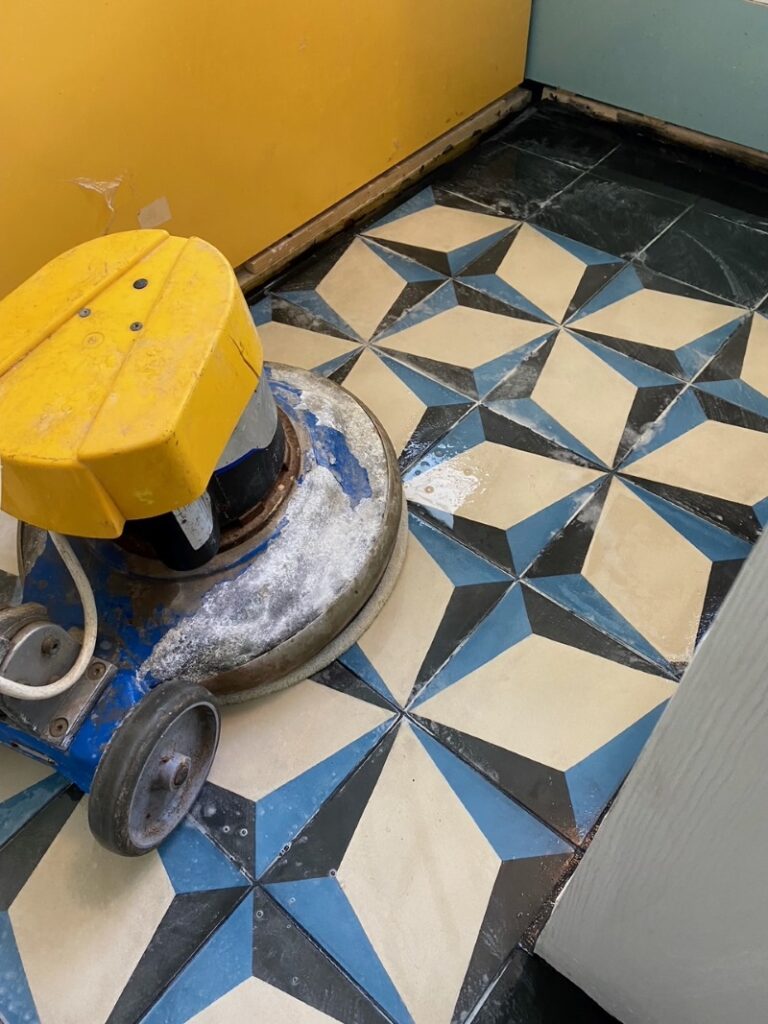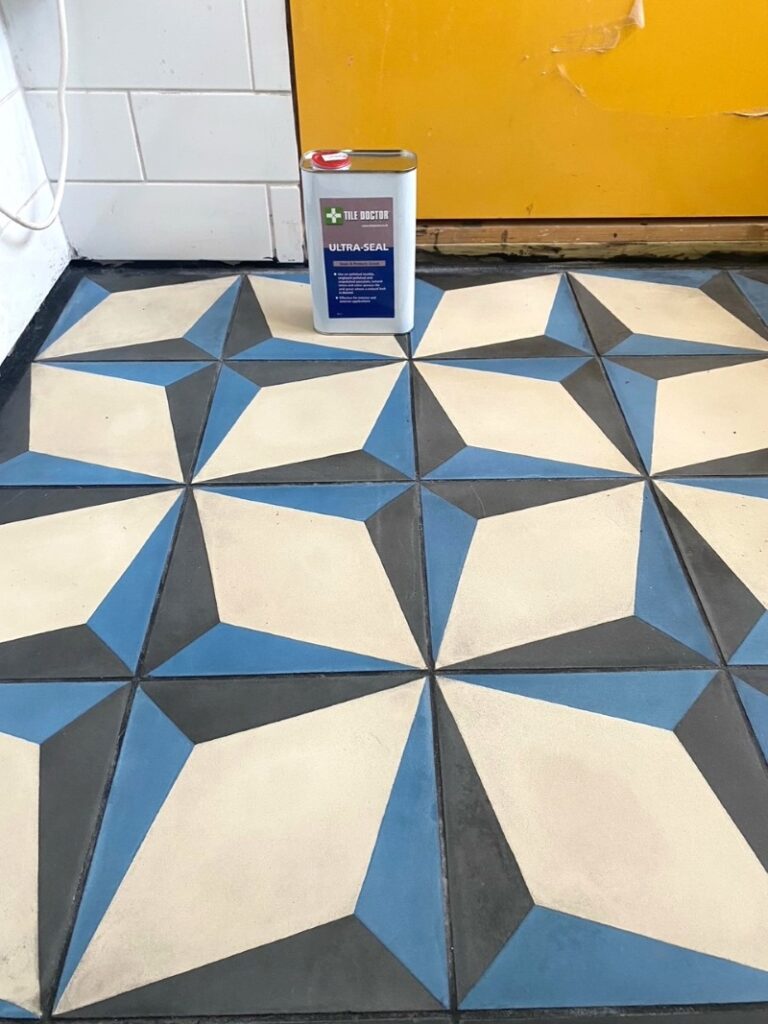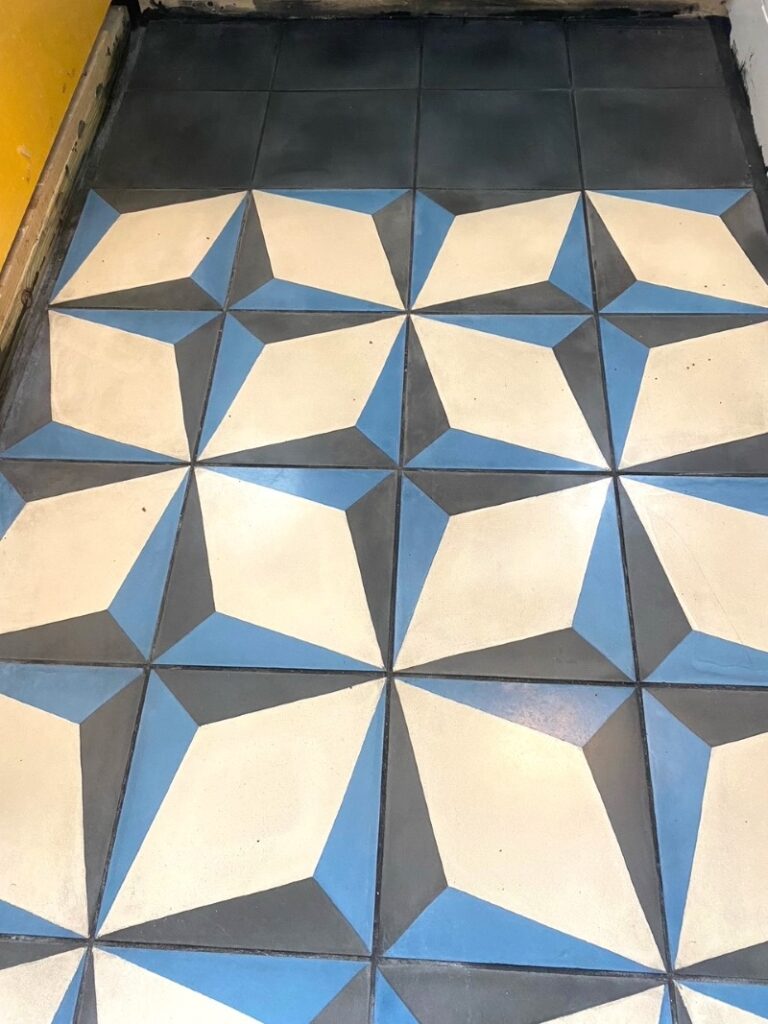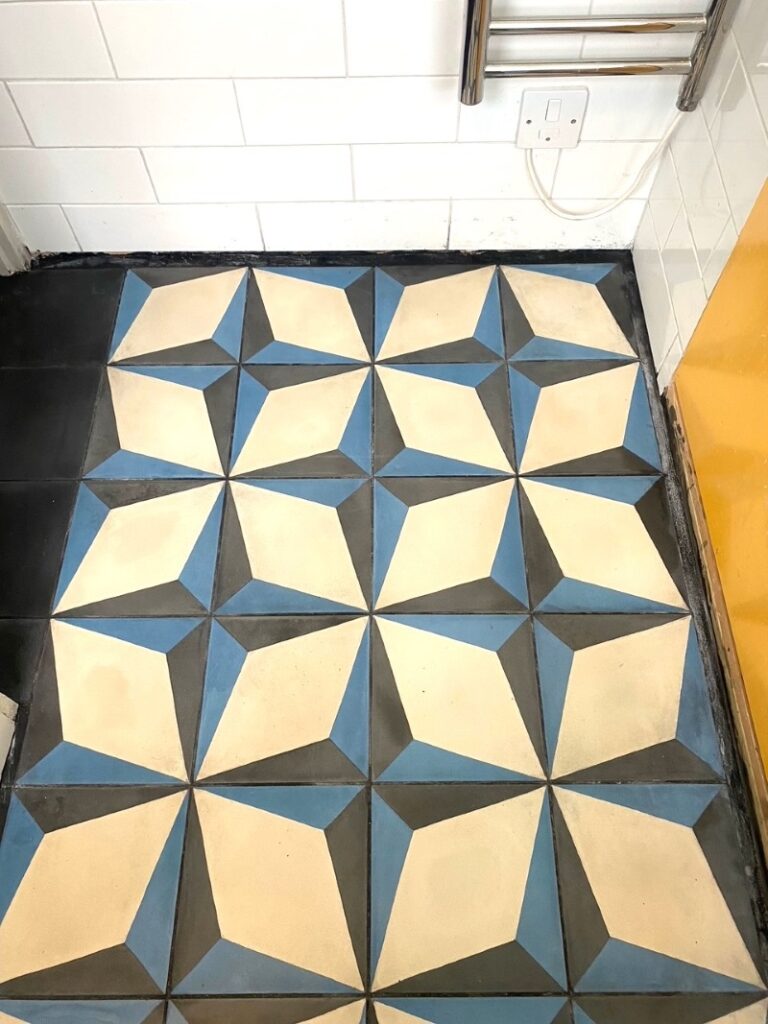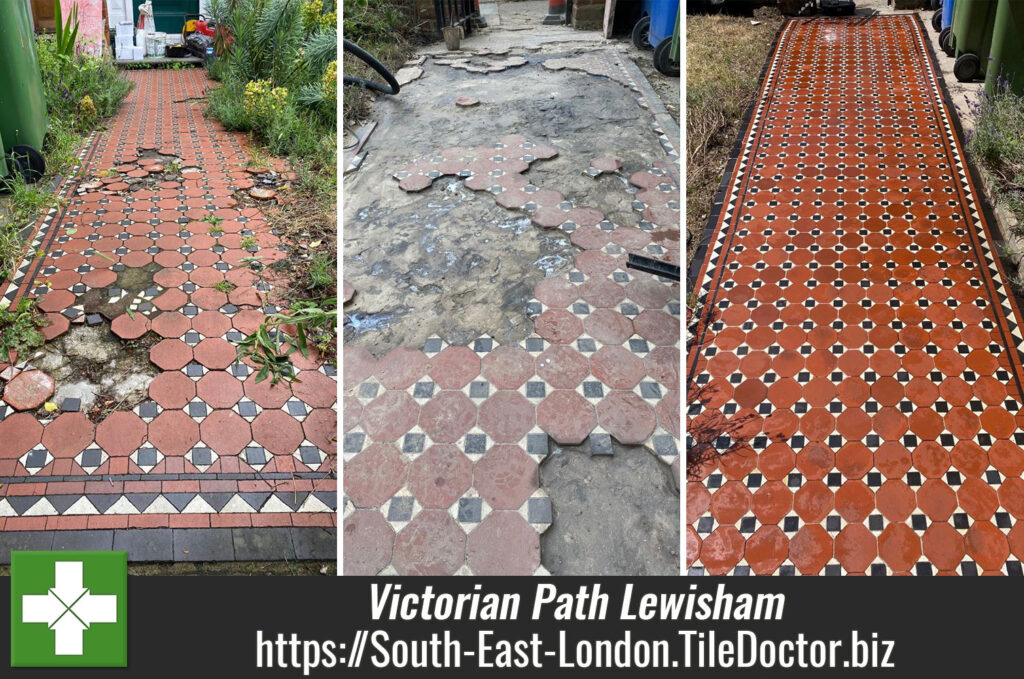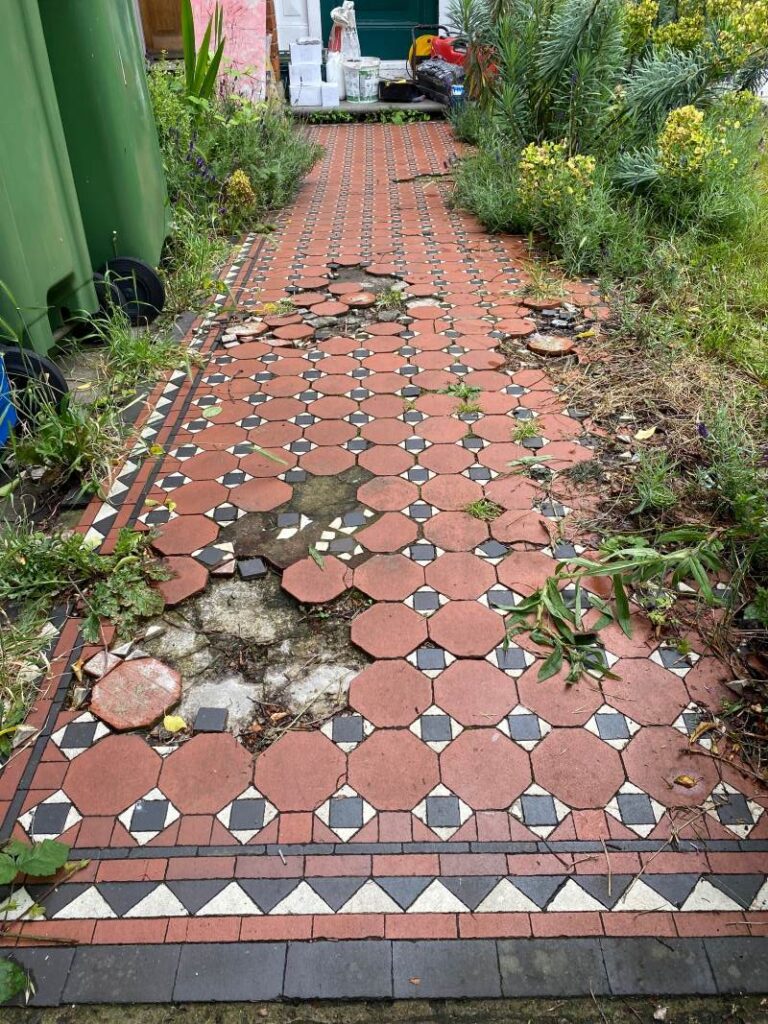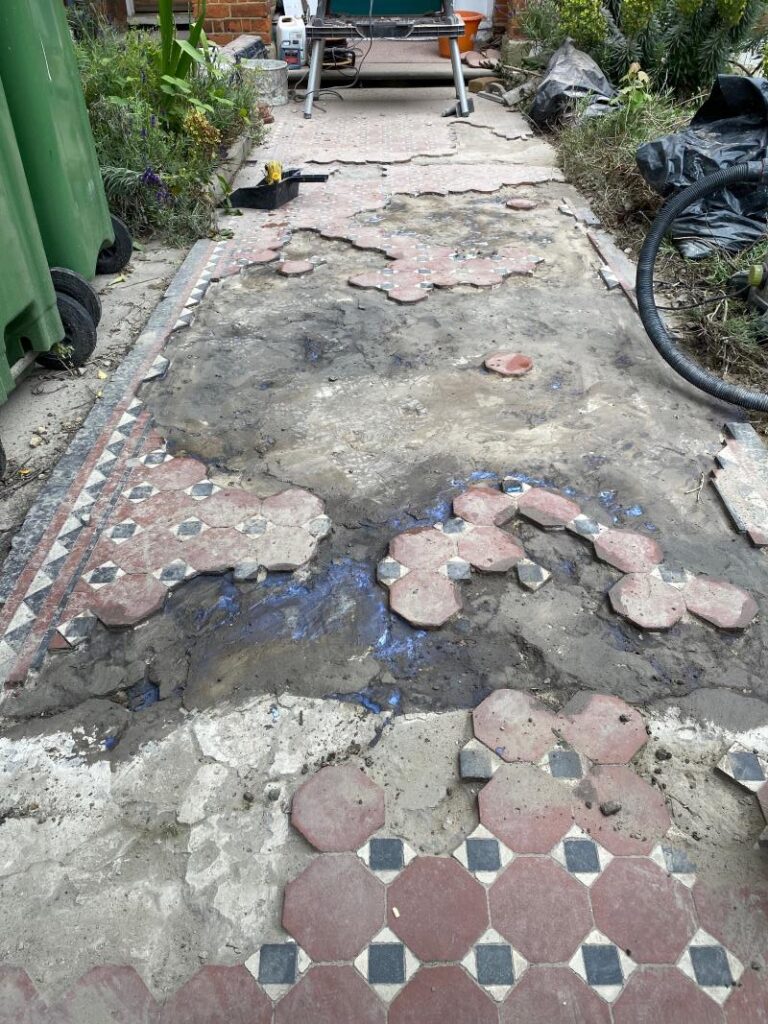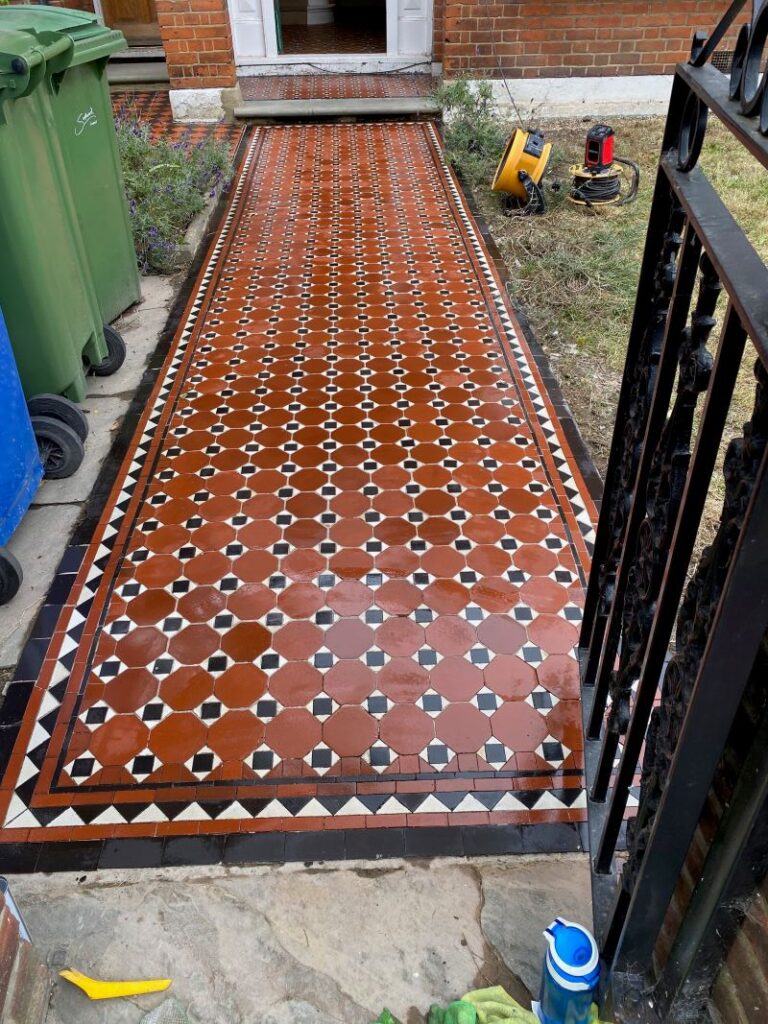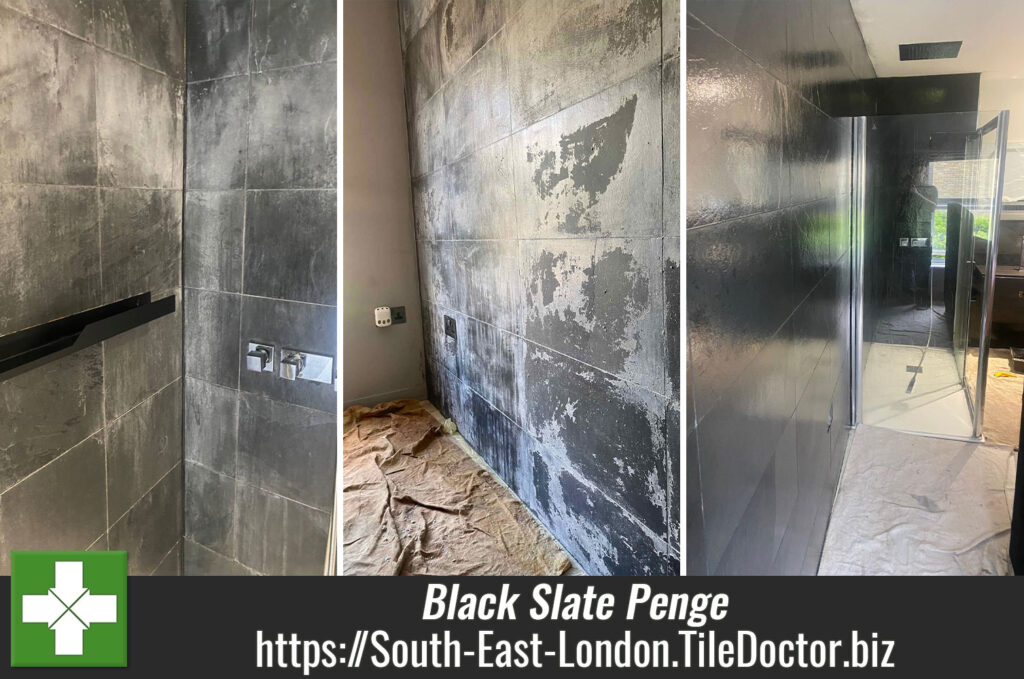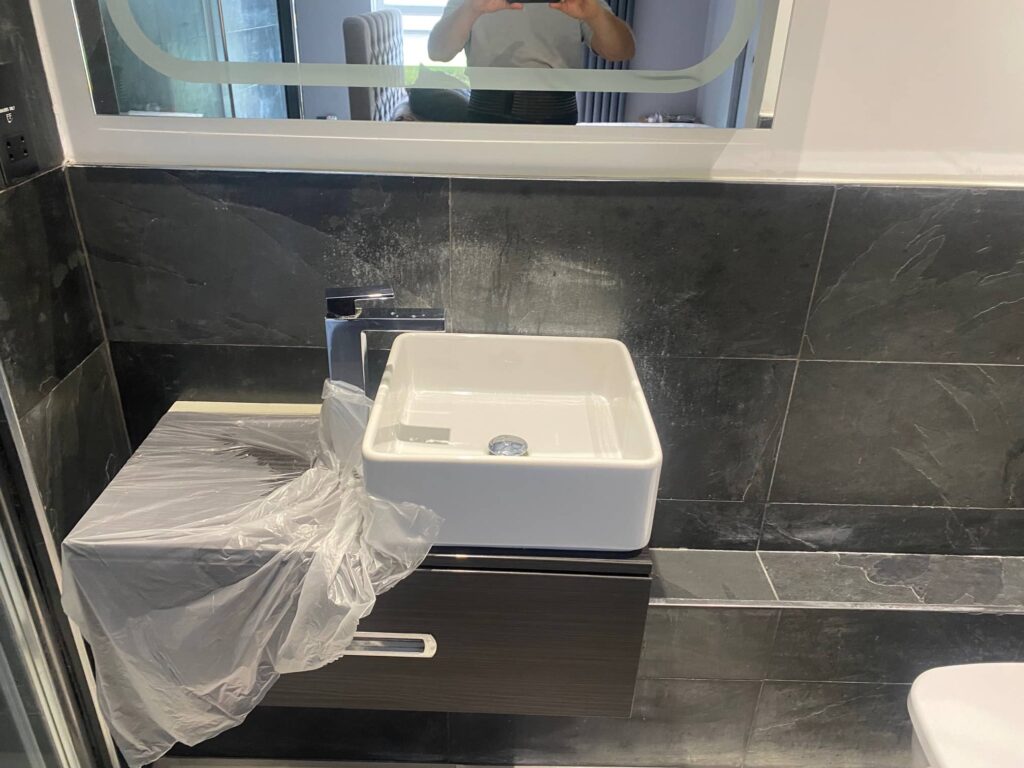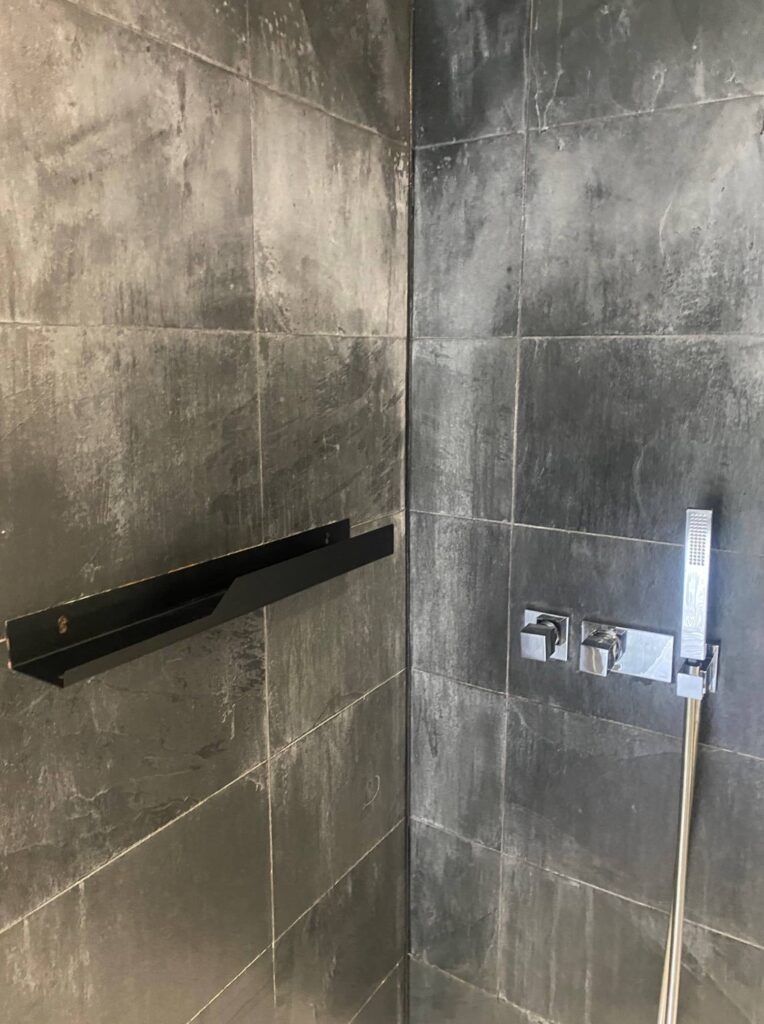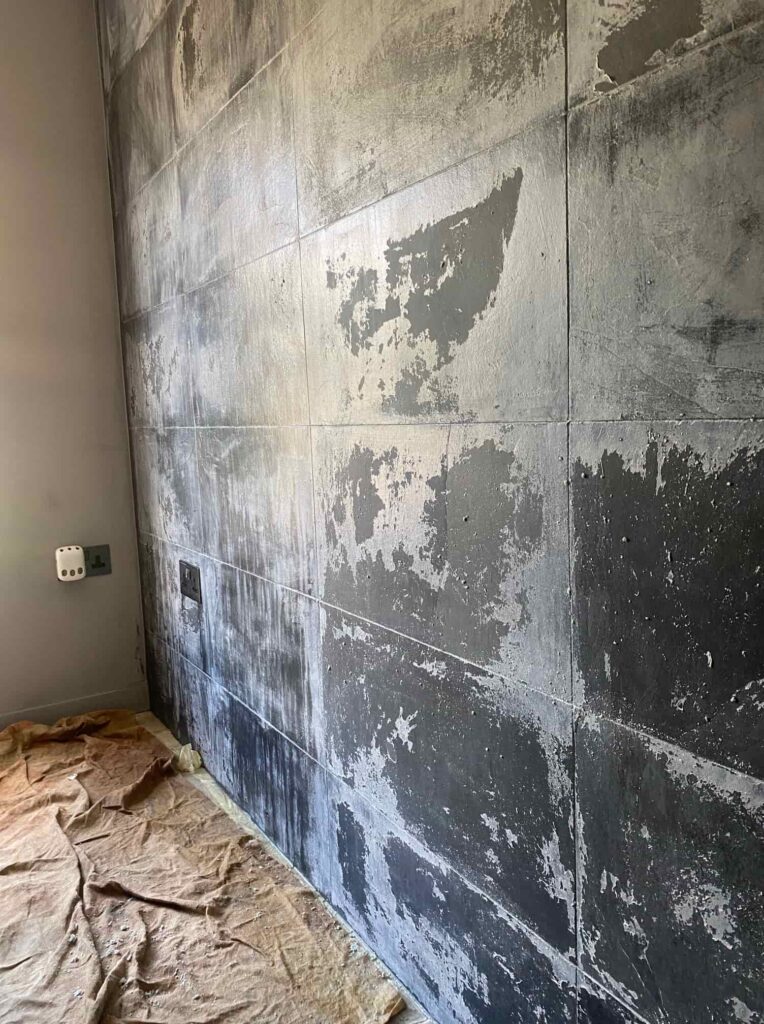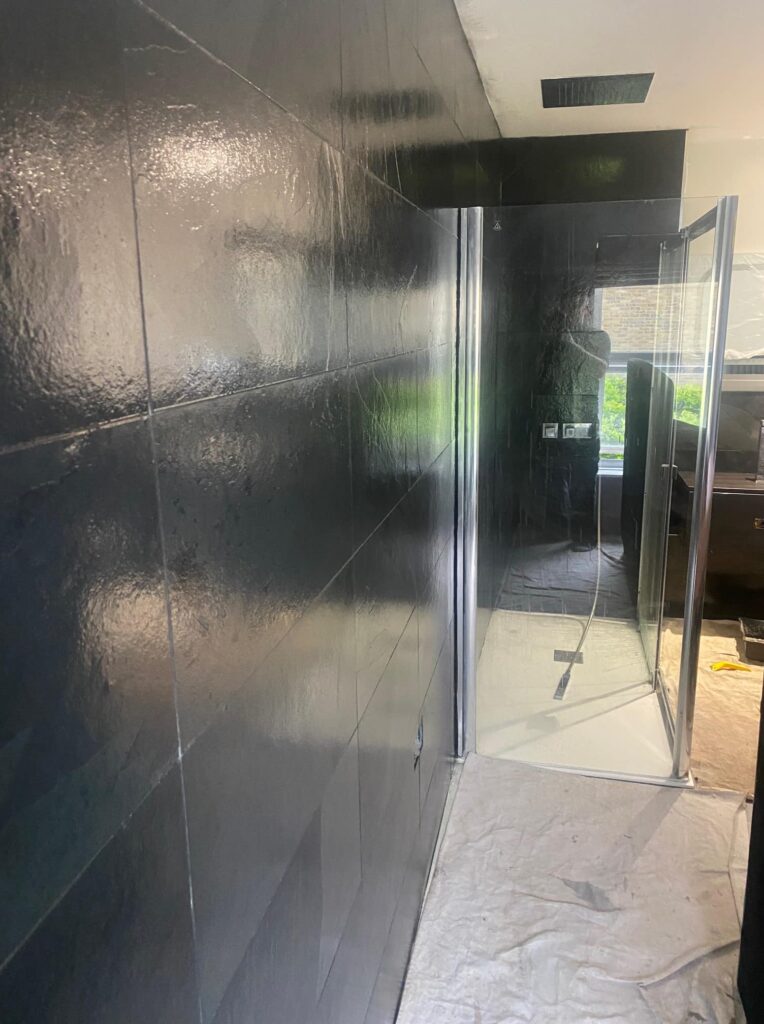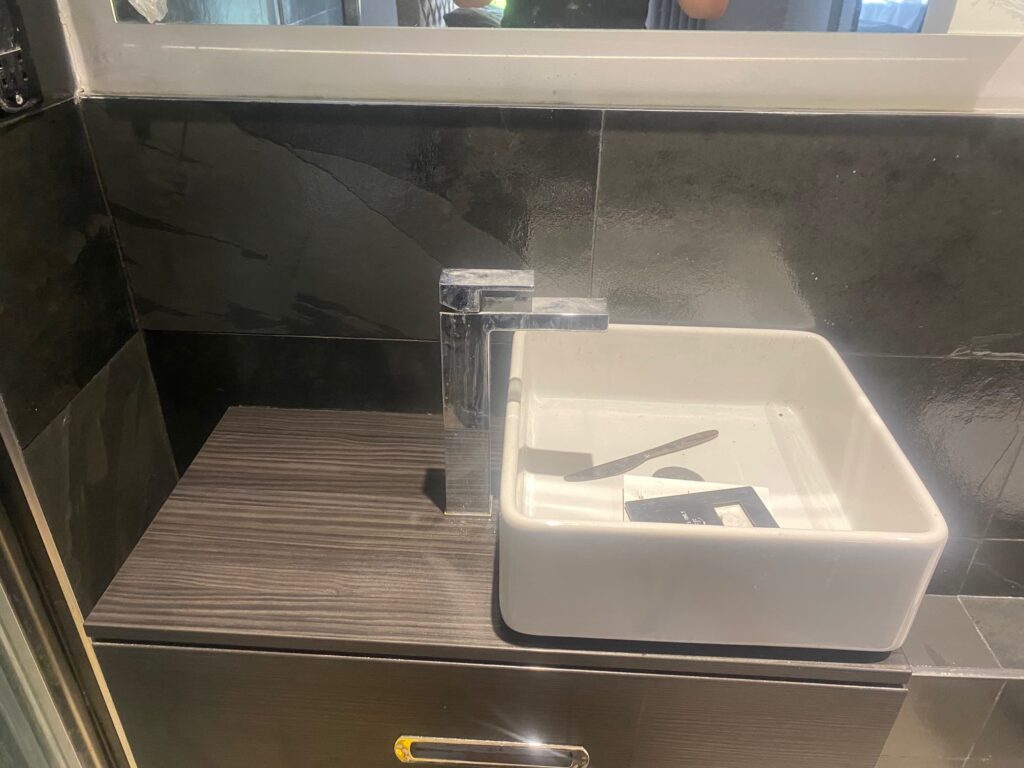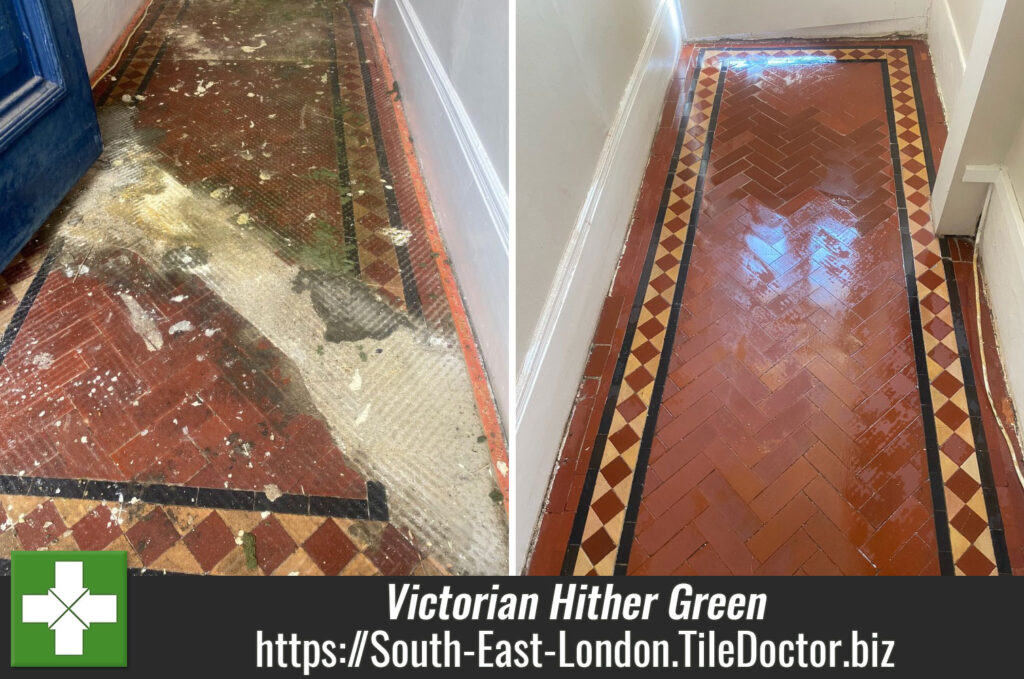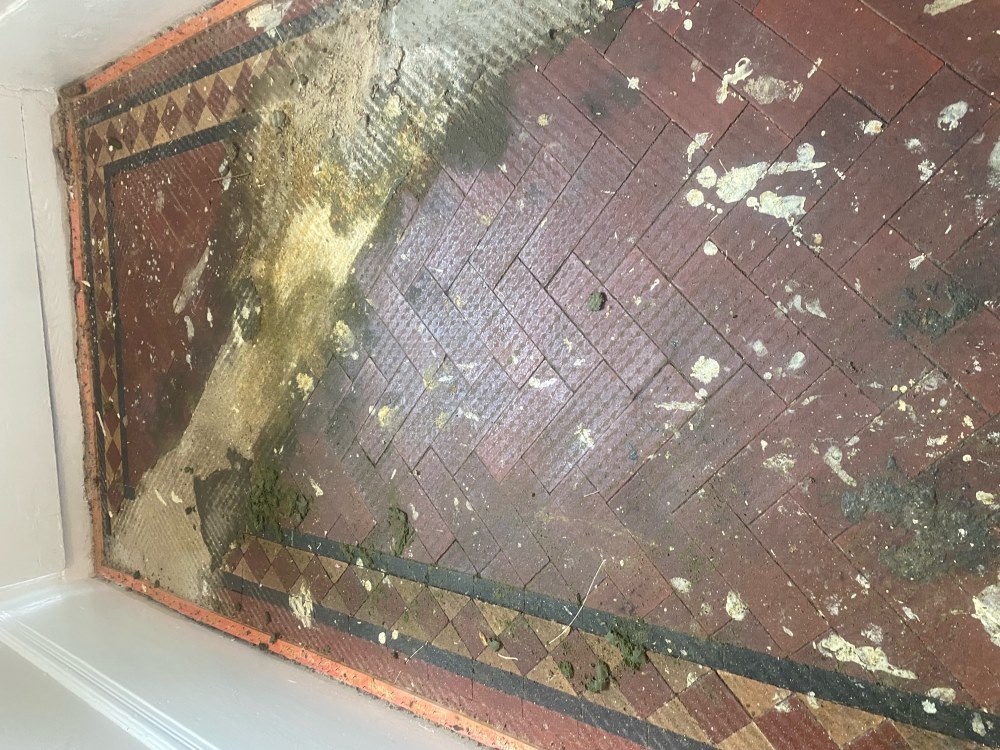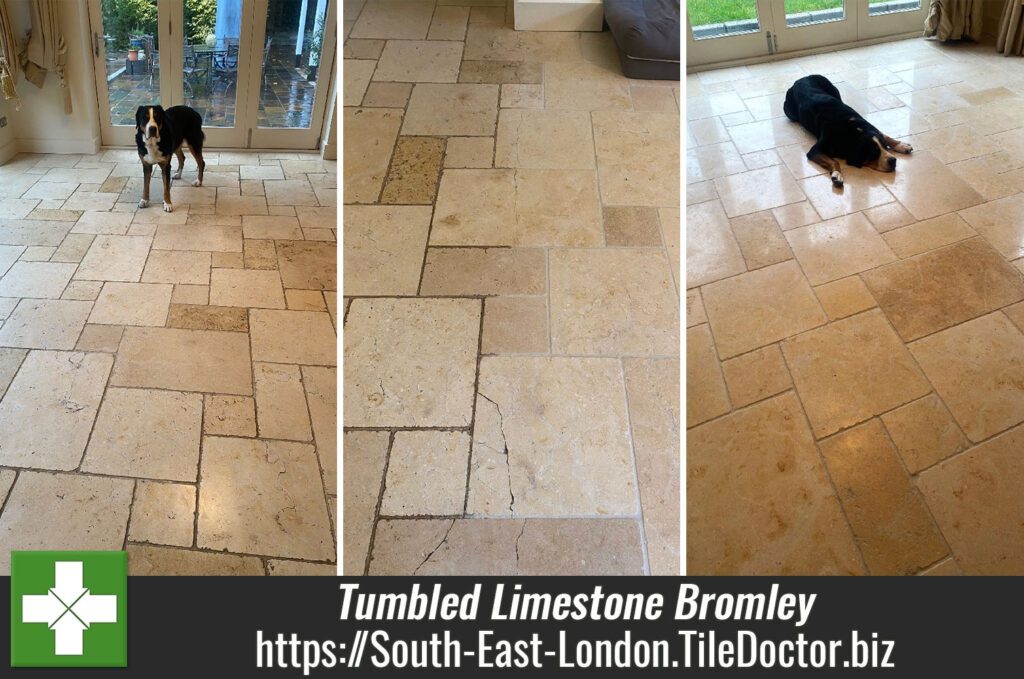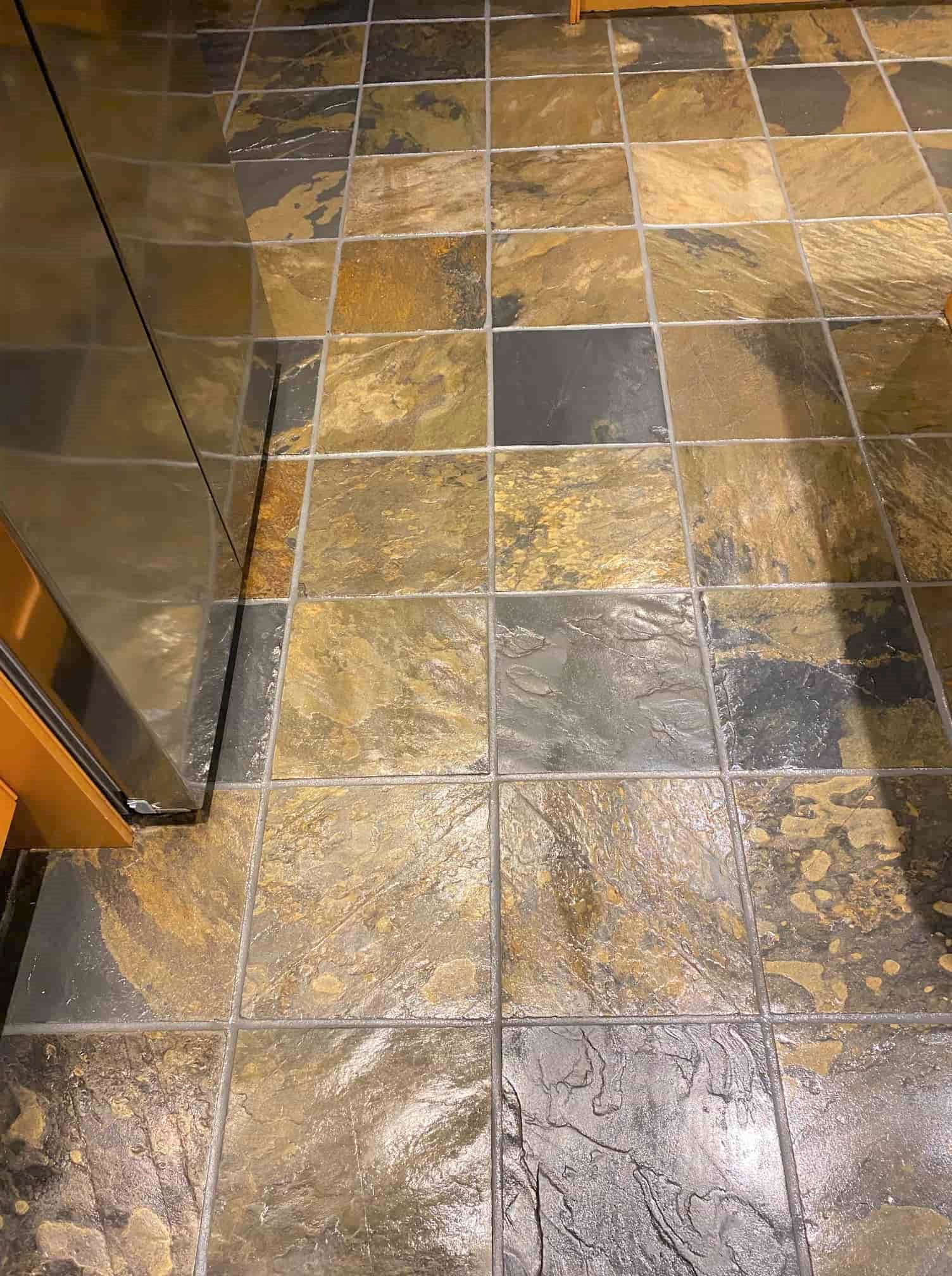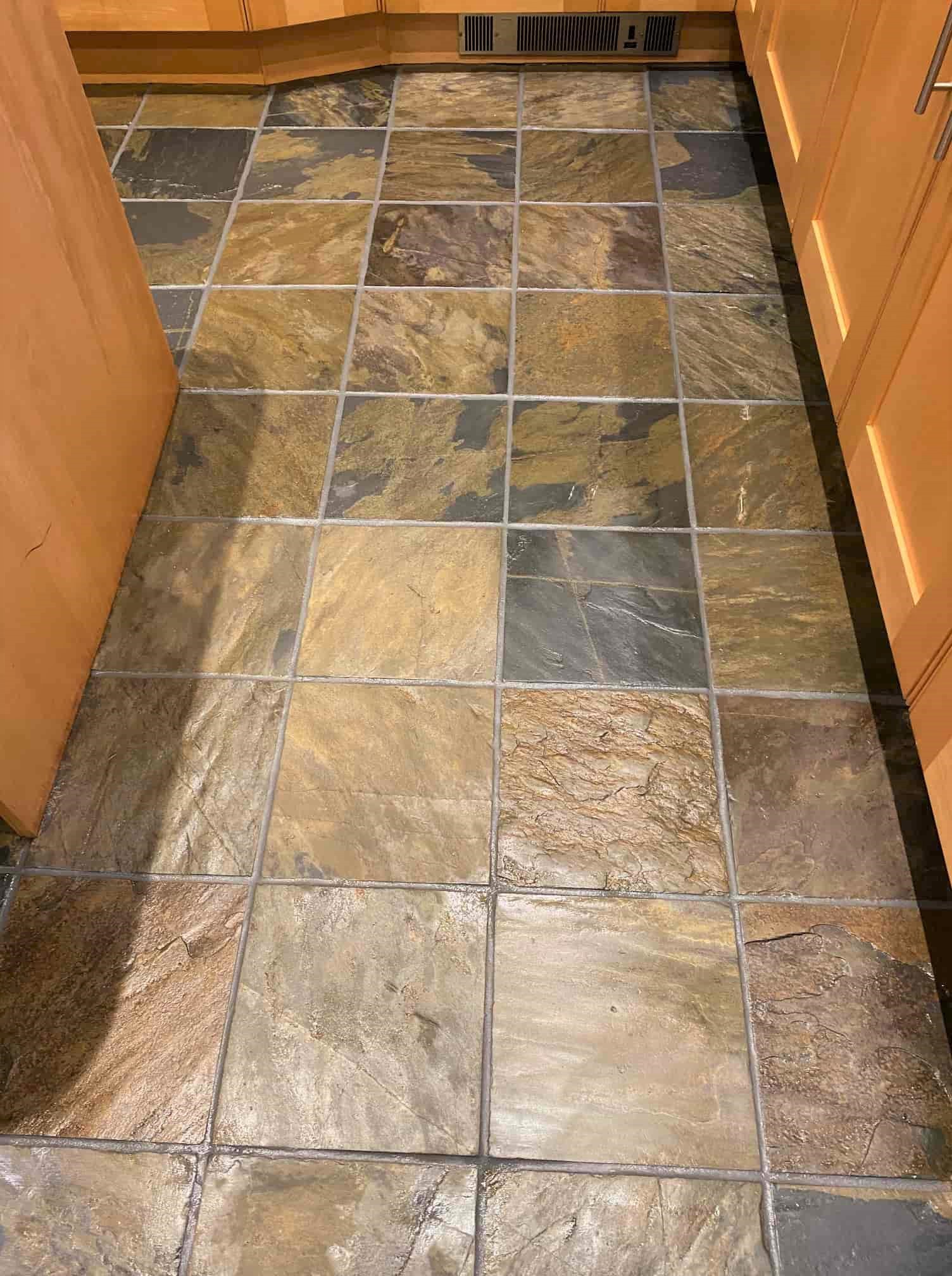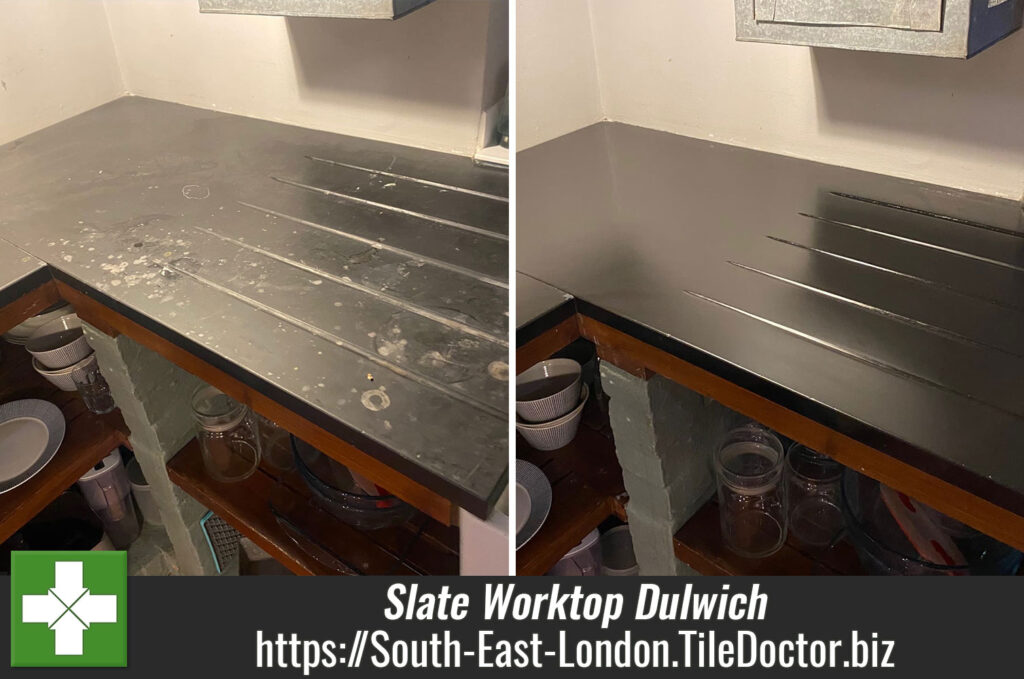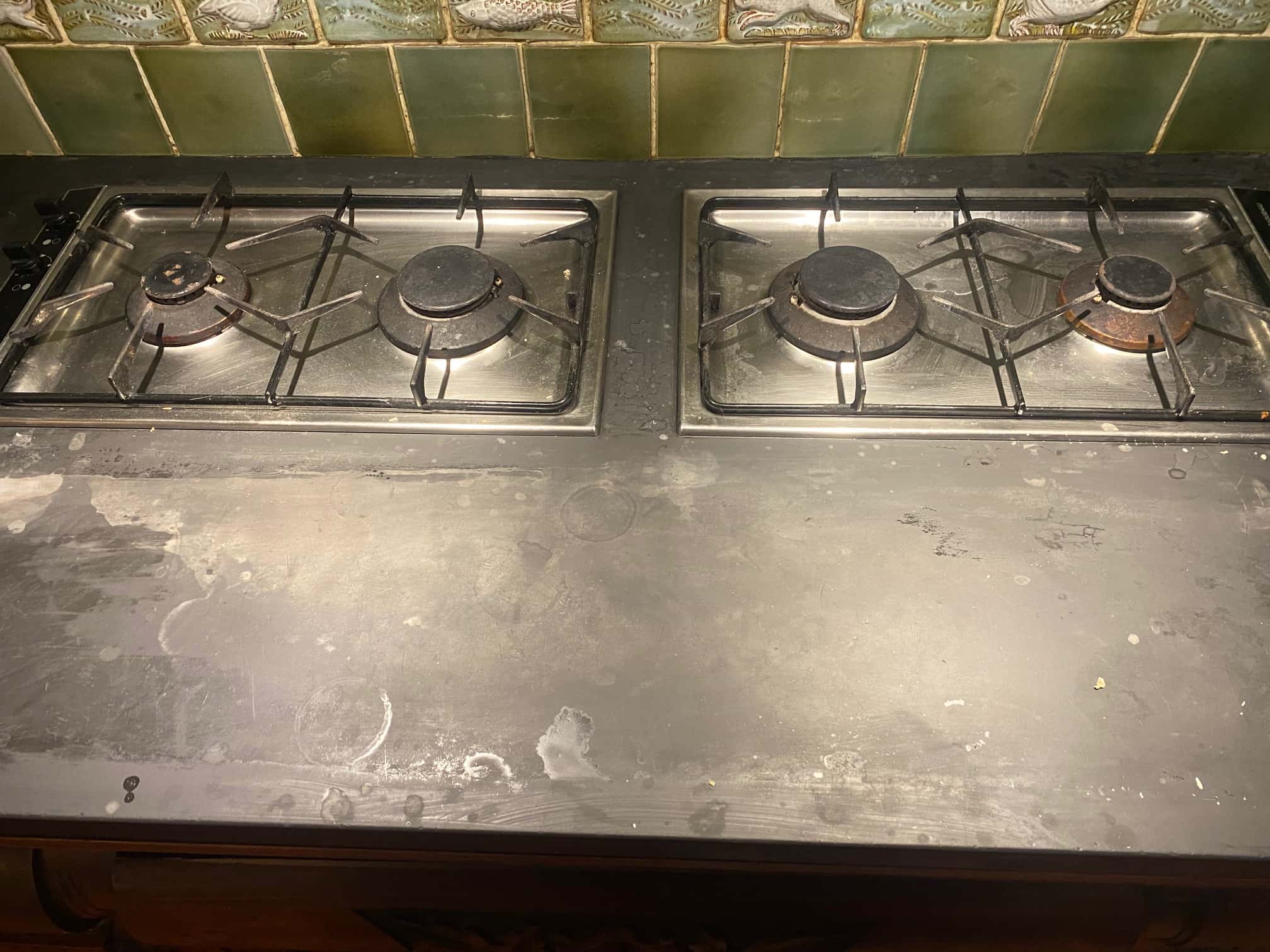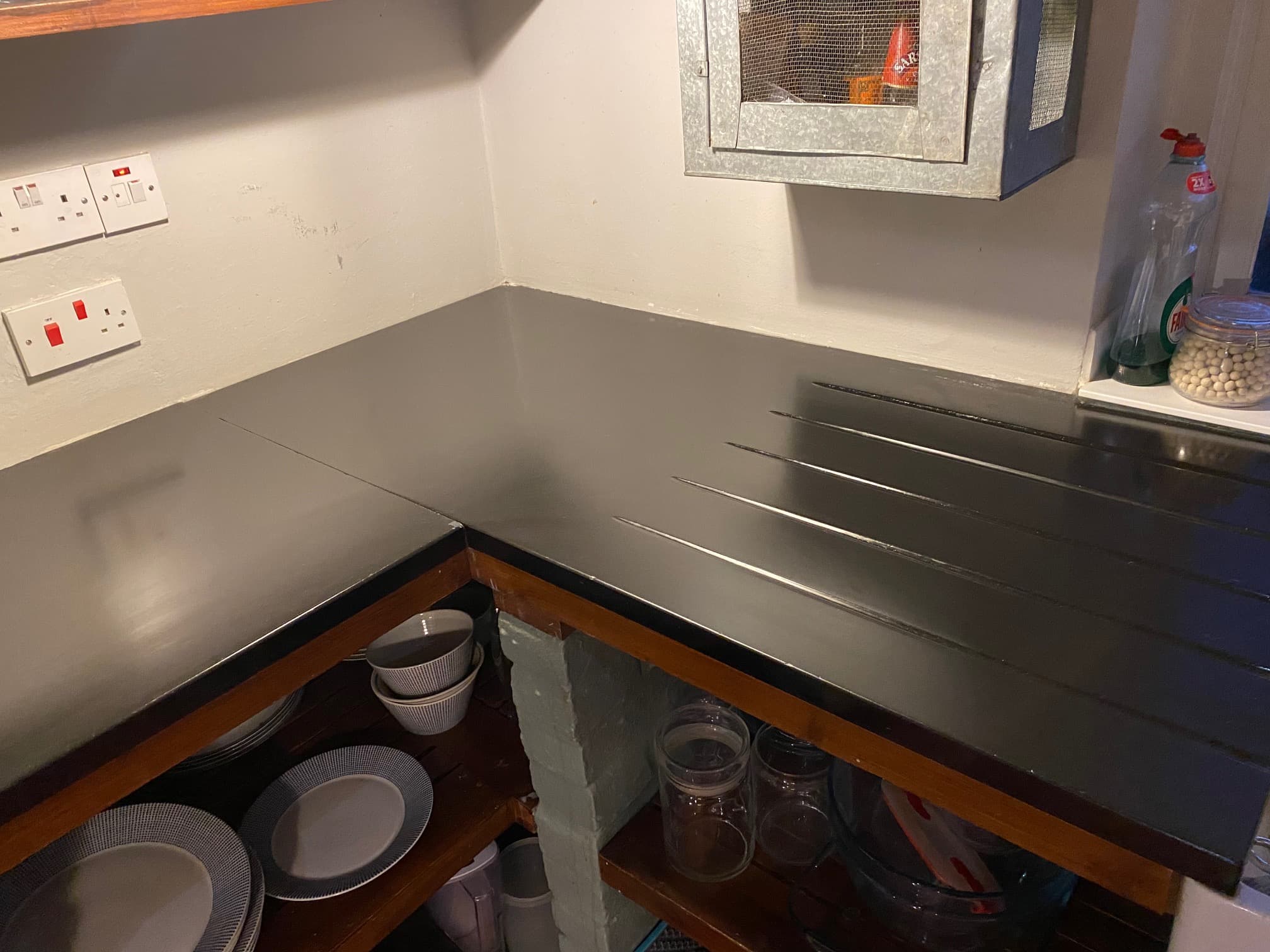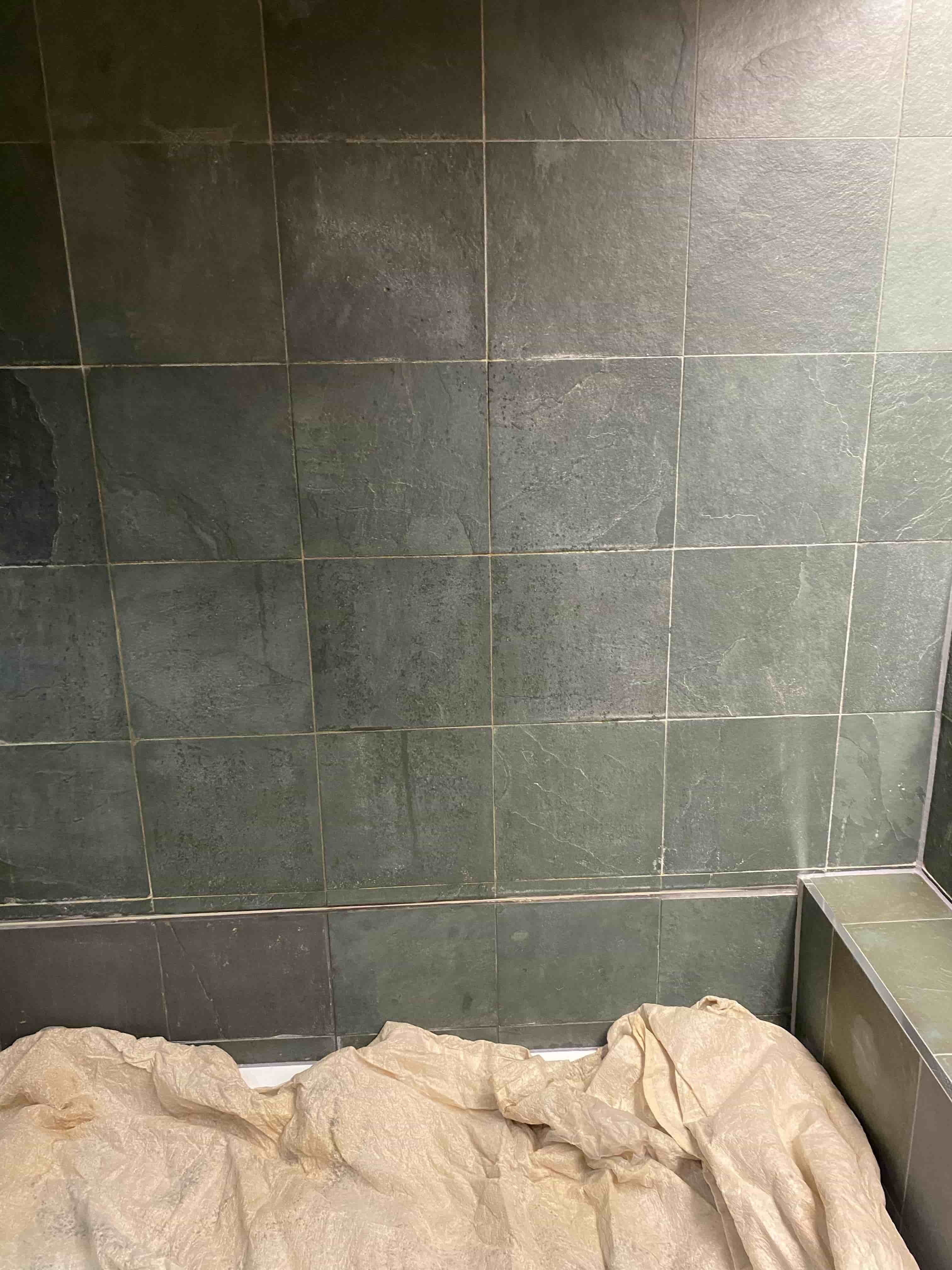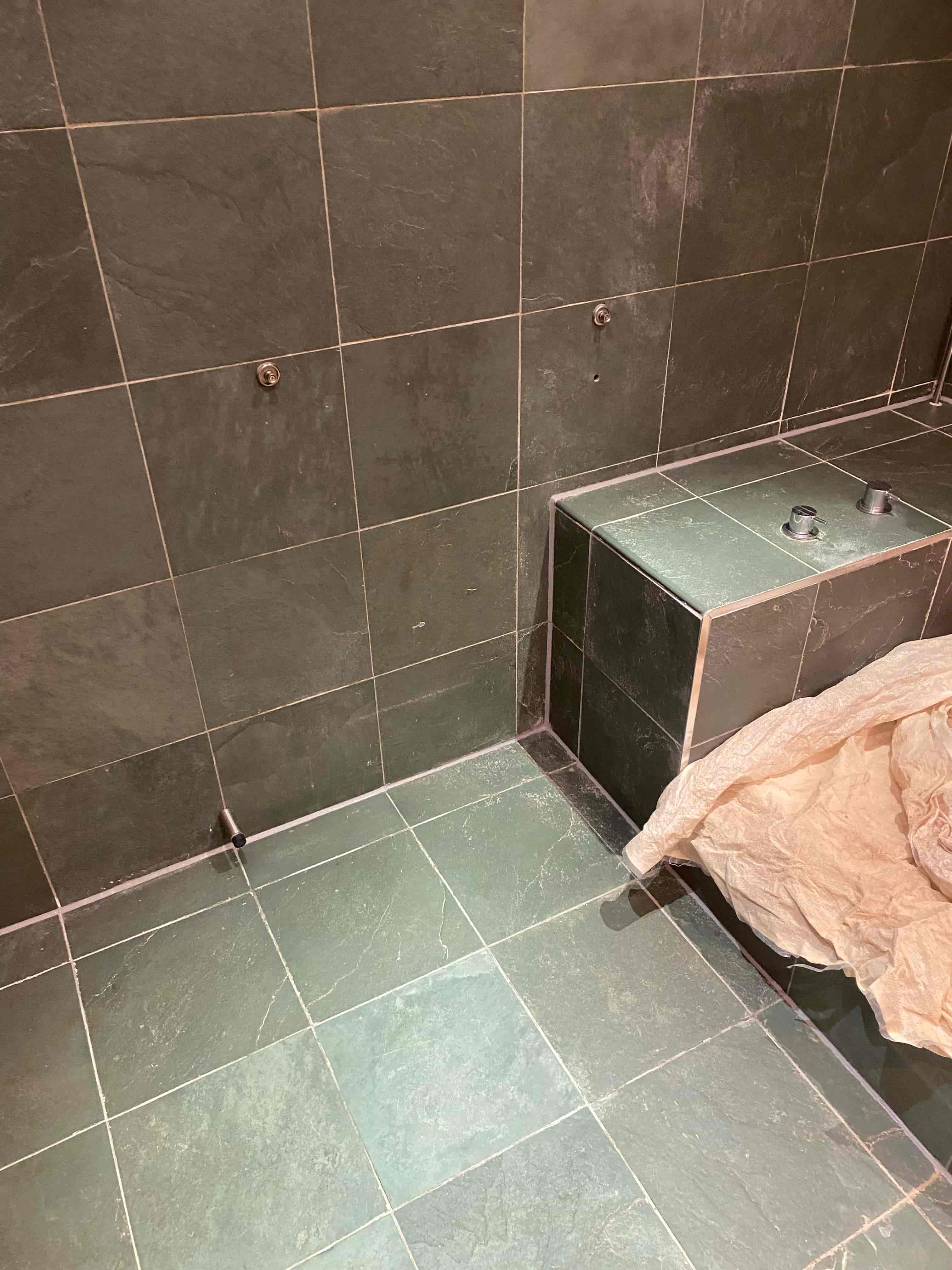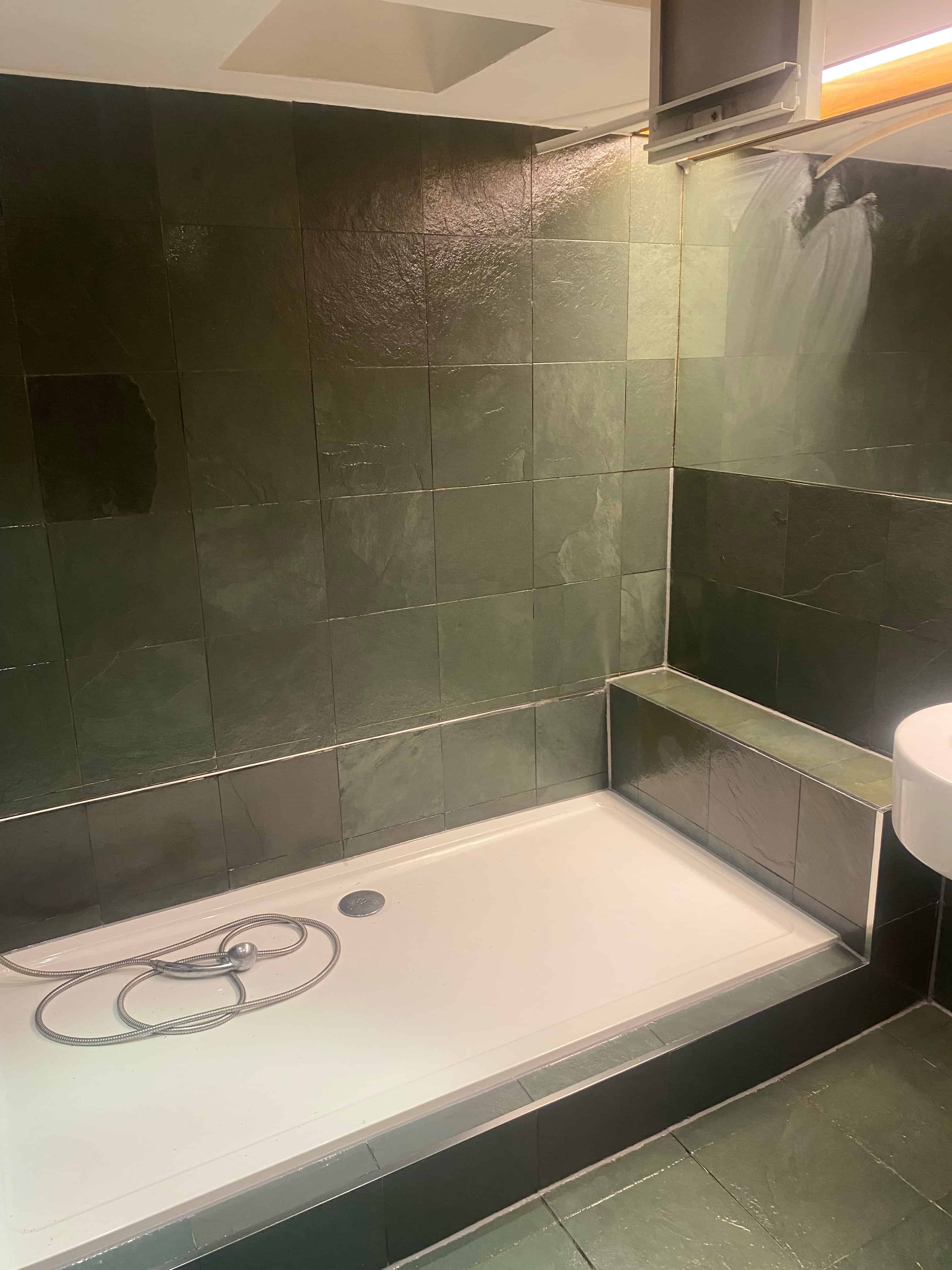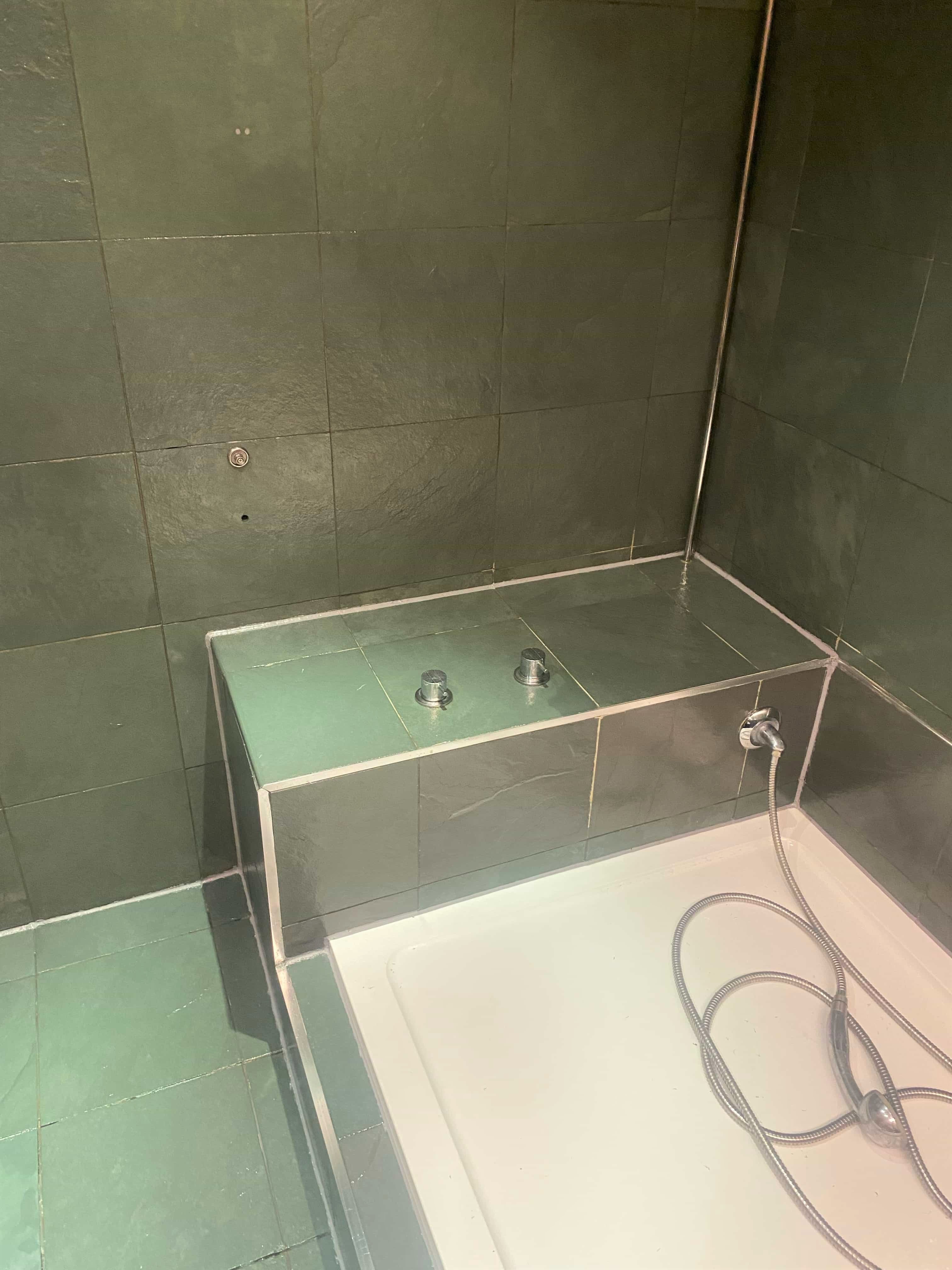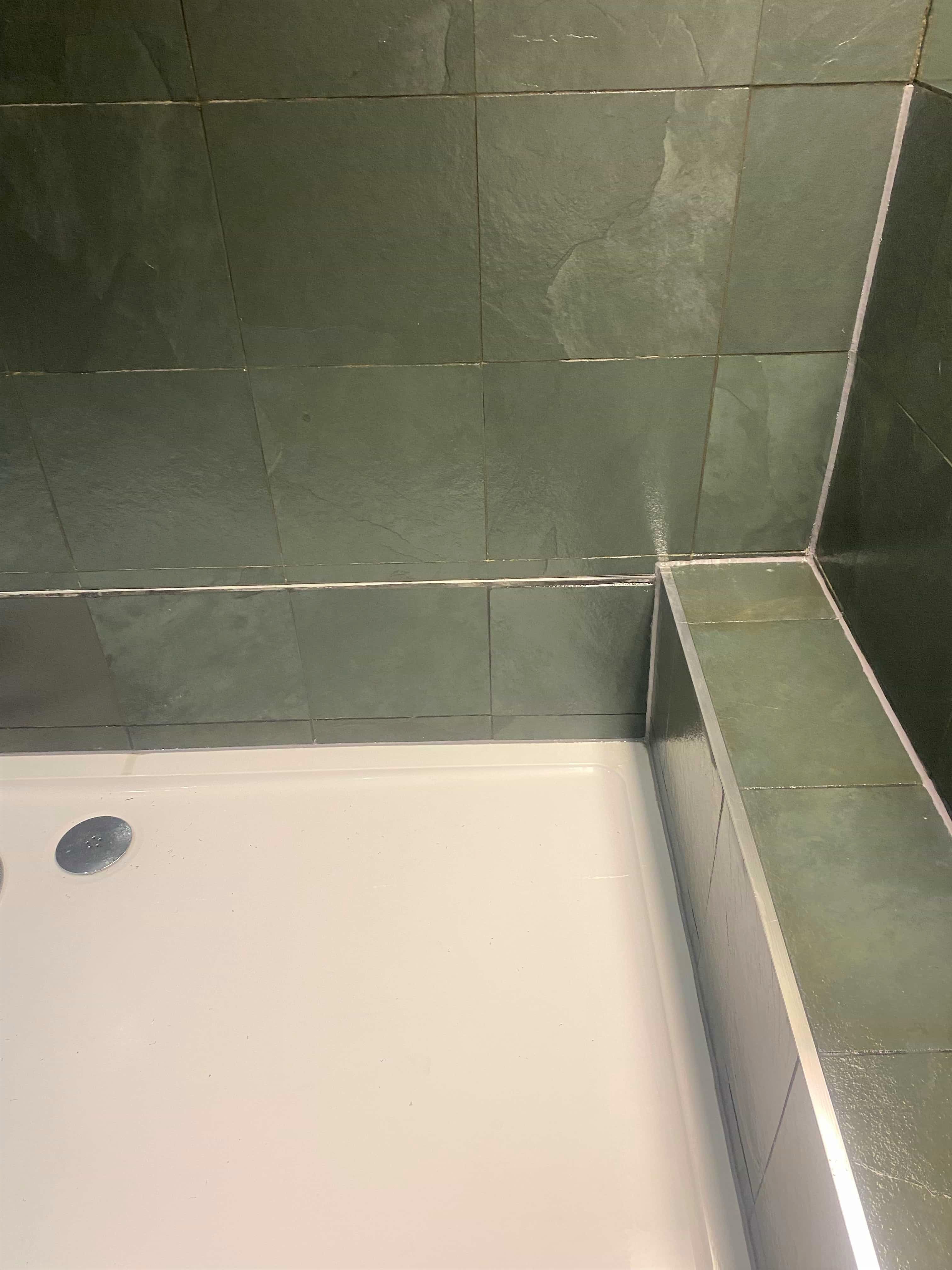Neglected Victorian Tiled Pathway Fully Restored in Lewisham SE13
Last year I published a job I completed, the restoration and repair of a dilapidated tiled path that led up to a Victorian house in Lewisham . Impressed with the transformation another homeowner from Lewisham SE13 got in touch with me about their own path that was very similar and dated to the late Victorian period.

As before I went over to survey the path and confirm how much work would be involved. This path was also badly neglected with many tiles missing or badly damaged. I worked out a quote for the owner which was accepted and I set about sourcing matching replacements.

Cleaning and Repairing a Victorian Tiled Pathway
The first job was to remove all the debris including the old broken and loose tiles, some of which were salvageable and so put aside for re-use. More tiles were dislodged during this work than I expected however it’s not a problem it just causes more work. The next step involved cleaning up and re-building the foundation where needed with cement, and ensuring the exposed base was level.
The replacement tiles were then cut to shape to match the pattern and had to be ground down to make them thinner and match the depth of the originals also leaving space for the adhesive. The tiles were then dry fitted into place to ensure I had matched the original pattern exactly. After a lot of adjustments and fiddling I was happy and started securing the tiles in place with adhesive.
After the tiling work was completed, it was time to move onto the cleaning. With an internal hallway I normally start with Tile Doctor Remove & Go which is a great product for breaking up old sealer and ingrained dirt. However, I knew there wouldn’t be any sealer on the external tiles and my biggest problem was the mould and algae that was living on and in the tiles. I therefore had decided to treat the path as though it was a patio and applied Patio & Brick driveway cleaner, keeping the tiles wet with the solution for thirty minutes before scrubbing it in. Once done the soiled solution was vacuumed away and I moved onto the next step.
I went over the tiles with a 50-grit coarse resurfacing pad, attached to a rotary floor scrubbing machine. I kept the pads lubricated with an application of Tile Doctor Acid Gel to get the path very clean. This is worked into the tiles via the diamond pad to further deep clean the tile and remove grout smears etc.
The soiling was then rinsed off and extracted with a wet vacuum.
Sealing a Victorian Tiled Pathway
When dry I applied three coats of Tile Doctor Colour Grow, an impregnating sealer which brings out the natural colour of the tiles. This product is a hard-wearing impregnator that soaks into the pores of the tile preventing dirt from residing there and thereby keeping it on the surface where it is easily rinsed away.

I think you will agree the Victorian path looked great once fully restored and looked like a new installation much to the delight of the owner.
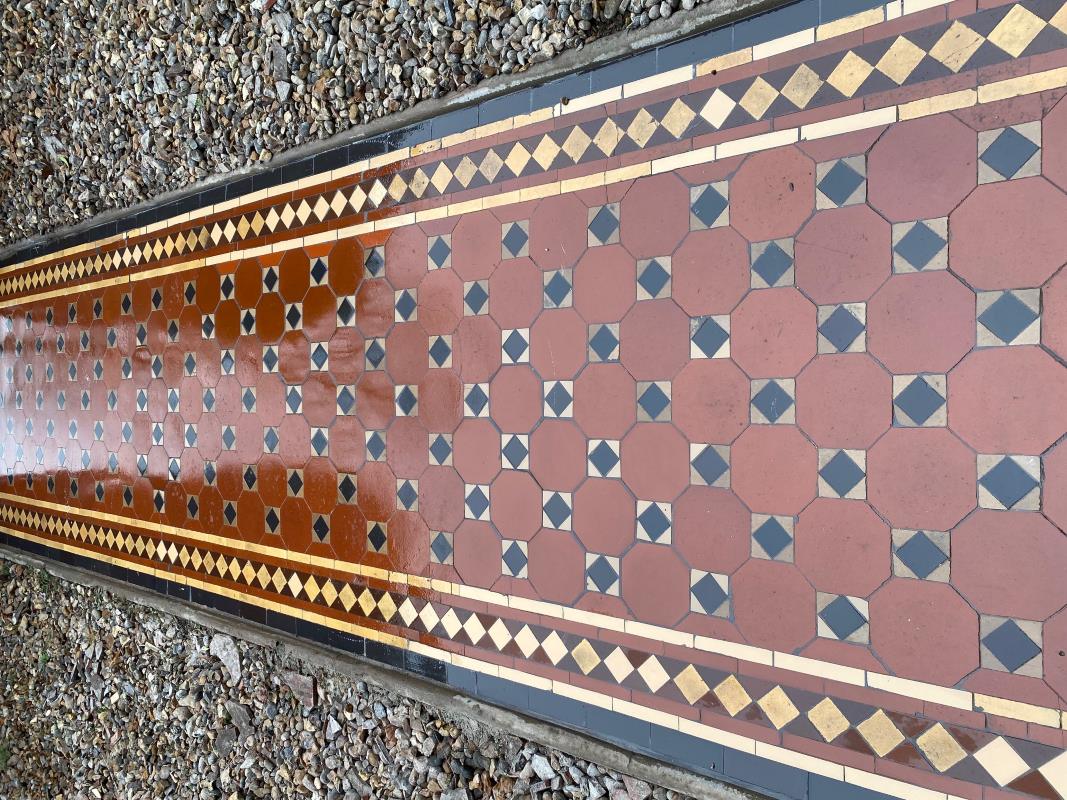
Professional Restoration of a Victorian Tiled Pathway in Southeast London
Neglected Victorian Tiled Pathway Fully Restored in Lewisham SE13 Read More »









